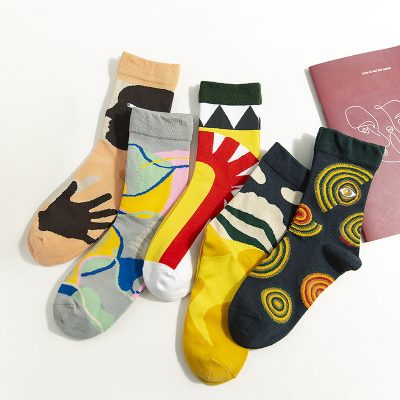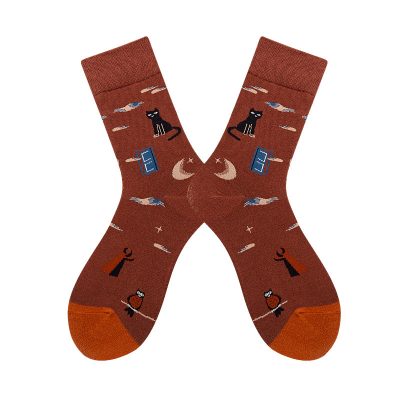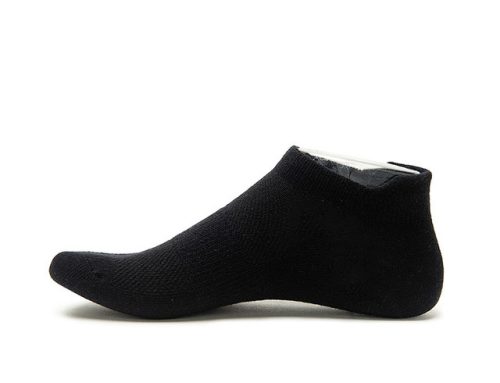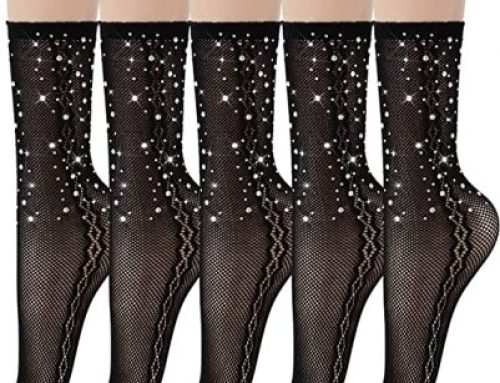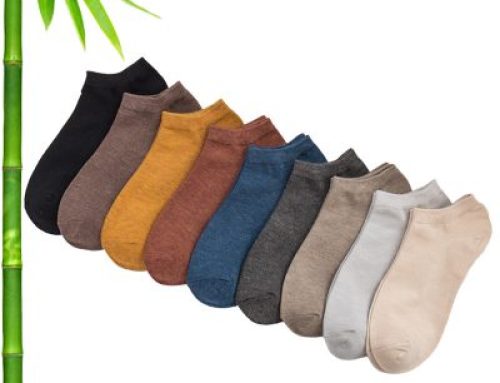Wearing comfortable socks can make a significant difference in your overall comfort throughout the day. Here are some tips to ensure your socks provide maximum comfort for all-day wear:
- Choose the Right Size: Socks that are too small can constrict your feet, while socks that are too large can bunch up and cause discomfort. Select socks that match your shoe size for the best fit.
- Opt for Quality Materials: Look for socks made from breathable, moisture-wicking materials like cotton, bamboo, or wool. These materials help keep your feet dry and comfortable.
- Consider Cushioning: Depending on your preference and activity level, choose socks with appropriate cushioning. Athletic socks often have extra padding in high-impact areas.
- Seamless or Flat Seams: Socks with seamless or flat toe seams help prevent friction and irritation on your toes.
- Proper Elasticity: Socks with elastic that’s snug but not too tight will help them stay in place without cutting off circulation.
- Arch Support: Consider socks with built-in arch support, especially if you’ll be on your feet for long periods. This can help reduce fatigue and provide better comfort.
- Moisturize Your Feet: Apply a light moisturizer to your feet before putting on socks. This can prevent dryness and potential discomfort from friction.
- Rotate Your Socks: Avoid wearing the same pair of socks multiple days in a row. Giving your socks time to air out and regain their shape can help maintain their comfort and longevity.
- Trim Toenails: Keep your toenails trimmed to avoid accidentally causing discomfort by pressing them against the inside of your socks.
- Avoid Tight Cuffs: Socks with tight cuffs can restrict blood flow and leave marks on your skin. Opt for socks with comfortable, non-binding cuffs.
- Match Sock Thickness to Shoes: Consider the thickness of your socks in relation to your shoes. Thicker socks might be necessary for boots, while thinner socks work well with dress shoes or flats.
- Stay Hydrated: Drinking enough water can help prevent foot swelling, which can lead to discomfort when wearing socks and shoes.
- Stretch and Wiggle Your Toes: Throughout the day, take a moment to stretch and wiggle your toes inside your socks. This helps improve blood circulation and keeps your feet comfortable.
- Take Breaks: If possible, give your feet breaks throughout the day. Kick off your shoes and socks for a few minutes to let your feet breathe.
- Proper Shoe Fit: Lastly, ensure your shoes fit well and provide adequate support. Ill-fitting shoes can lead to discomfort that no sock can fully alleviate.
Remember that everyone’s feet are unique, so it might take some trial and error to find the perfect sock and shoe combination for your individual comfort needs. Pay attention to how your feet feel throughout the day and make adjustments as needed.
